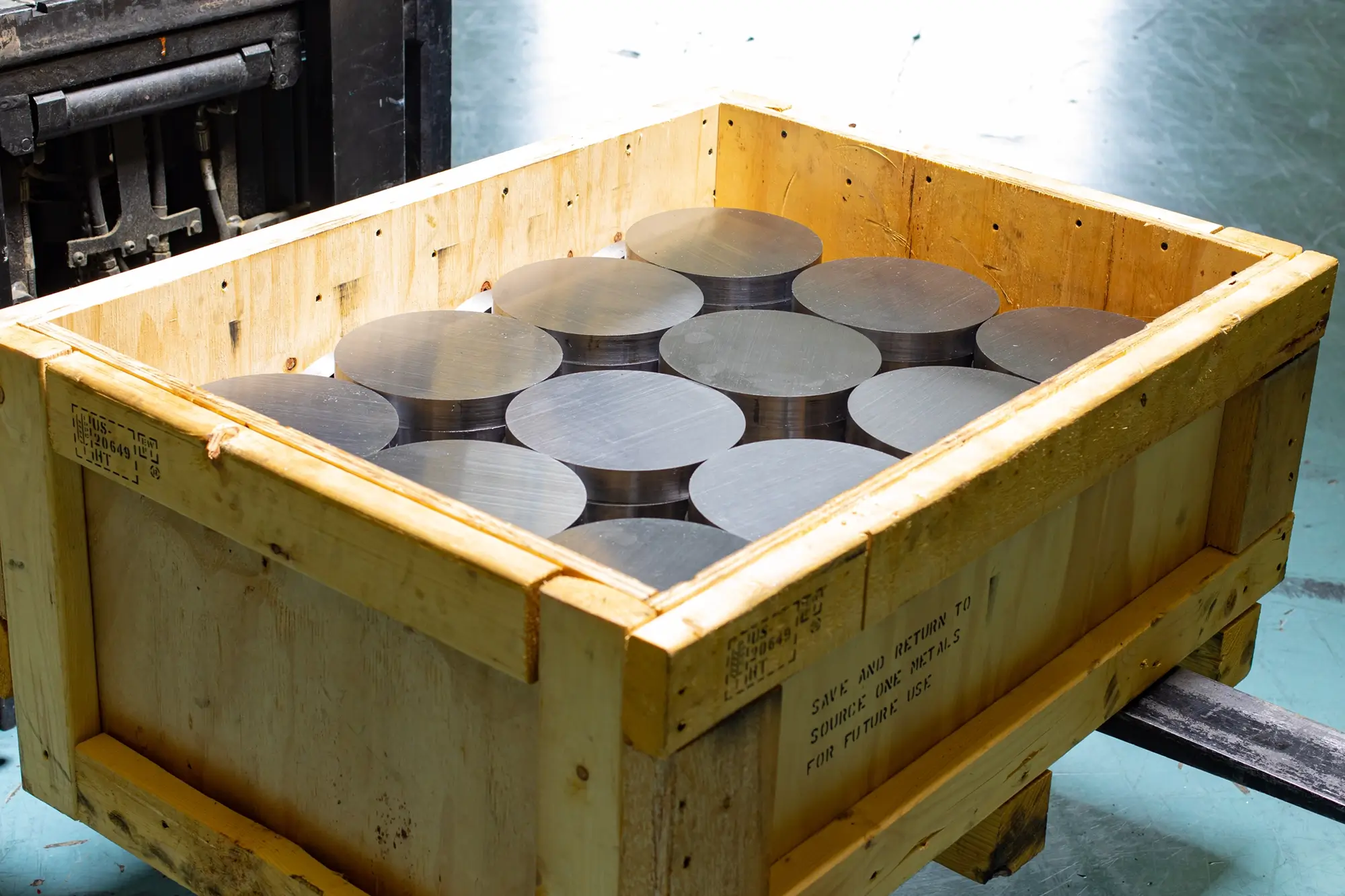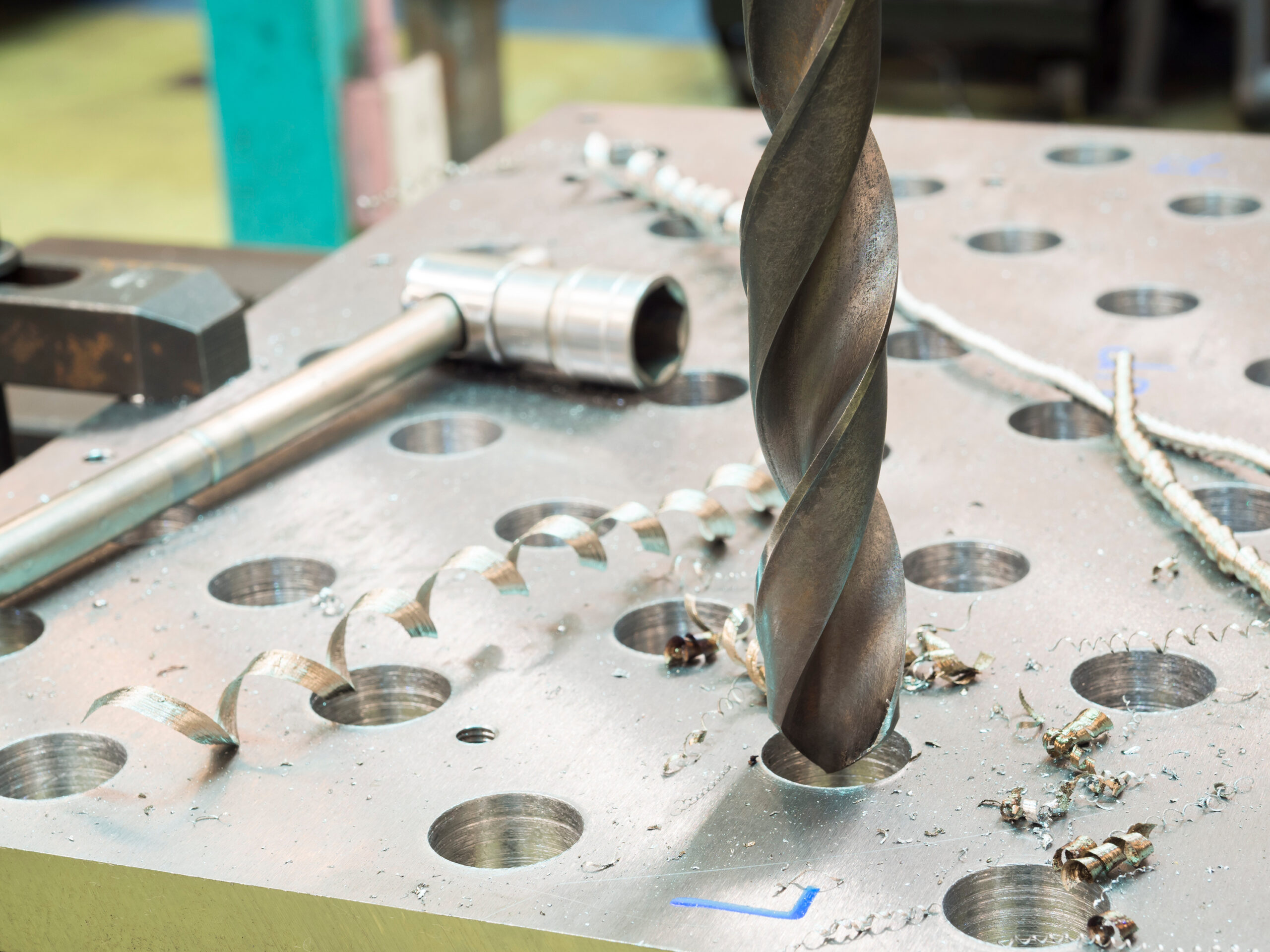

Magnesium is an alloy with characteristics that are interesting for numerous applications. It’s very light, yet has good specific strength and stiffness. It’s readily machined and welded, it’s unusually stronger in tension than compression, and it has superior vibration-damping characteristics.
The most common commercially available magnesium grades are AZ31/AZ31B Tooling Plate and AZ31B-H24 bar, sheet, and plate. This blog explains the difference between these two, including primary characteristics, benefits, and use cases.
AZ31/AZ31B is commonly available in tooling plate form. The first two letters, ‘AZ’, indicate the top two elements in which the magnesium is alloyed (aluminum and zinc), and the subsequent digits (31) represent the approximate concentration (around 3% aluminum and 1% zinc).
What can be confusing for many is the inclusion and (sometimes) omission of ‘B.’ Online, you’ll find many resources citing AZ31 and AZ31B as different grades. AZ31 and AZ31B are virtually the same grade.
More specifically, the term ‘AZ31B Tooling Plate’ was revised to ‘AZ31 Tooling Plate’ by the domestic producer because the term ‘AZ31B’ references an ASTM-registered alloy composition, while ‘AZ31 Tooling Plate’ is a proprietary product whose strict quality requirements are specified internally by the manufacturer and are not subject to any commercial material specifications.
When ordering AZ31/AZ31B Tooling Plate, you’ll see it written as AZ31 or AZ31B. The inclusion of the ‘B’ will vary based on the mill and the form (for example, the ‘B’ is always included when ordering it in bar form). However, there is no difference between AZ31 and AZ31B Tooling Plate.
AZ31/AZ31B Tooling Plate is known for its excellent formability, good ductility at room temperature, and lightweight nature. Its corrosion resistance is good, although it may require protective coatings when used in harsh conditions. It also exhibits excellent machinability (especially compared to other metals) and can be welded, although extra precautions should be taken due to the alloy’s autoignition temperature, which is approximately 473 °C (883 °F). This is the temperature at which magnesium will spontaneously ignite in air without an external spark or flame, and it can occur at lower temperatures for fine magnesium powders or ribbons.
Keep in mind that AZ31/AZ31B Tooling Plate is not hazardous—should a fire occur, you can easily extinguish it with dry, air-excluding agents. Never use water to put out a magnesium fire.
There is a wide array of applications for AZ31/AZ31B Tooling Plate. The most common applications include:
AZ31B-H24 is an alloy of AZ31/AZ31B with added mechanical properties. The added mechanical properties are due to it being strain-hardened and then partially annealed. The ‘H’ in the designation signifies that it’s strain-hardened to improve strength; the ‘2’ indicates that it was partially annealed to lower hardness, and the ‘4’ indicates the resulting hardness of the alloy; a 4 means half-hard, or halfway between its fully soft condition (O) and fully hard condition (H28).
The composition of AZ31B-H24 is 2.5-3.5% aluminum. 0.7-1.3% zinc, and 0.20-1.0% manganese, and is primarily sold in plate or sheet form, although rod and bar forms are also commercially available.
AZ31B-H24 is considered a “spec grade” compared to AZ31/AZ31B Tooling Plate, which is a generic certification. When ordering AZ31B-H24 in plate form, the ‘B’ will always be included.
AZ31B-H24 is a light, yet strong alloy with good machinability, weldability, deformability, and vibration absorption, as well as superior resistance to denting at moderate energy levels. Its tensile yield strength is between 235 and 260 MPa.
When comparing AZ31/AZ31B Tooling Plate and AZ31B-H24, it all comes down to your application requirements. There is no inherently superior option. If you’re looking for a Tooling Plate, you only have one option: AZ31/AZ31B. If you’re not looking for a Tooling Plate, you should consider the following:
If you’re not sure whether AZ31/AZ31B Tooling Plate or AZ31B-H24 will work for your application, turn to our experts at Source One Metals. We’ve been an industry-leading supplier specializing in non-ferrous metals since 2004, and take pride in our dedication to providing professional insight, fast response times, better inventory visibility, and high-quality materials.
As a turnkey U.S. supplier, we also provide domestic shipping solutions, cutting services, and customized stocking programs to improve supply chain efficiency.
Contact us today to speak with one of our experts.
With decades of experience and strong mill relationships, we’re more than just a distributor—we’re your trusted partner. Let us help you find what others can’t.